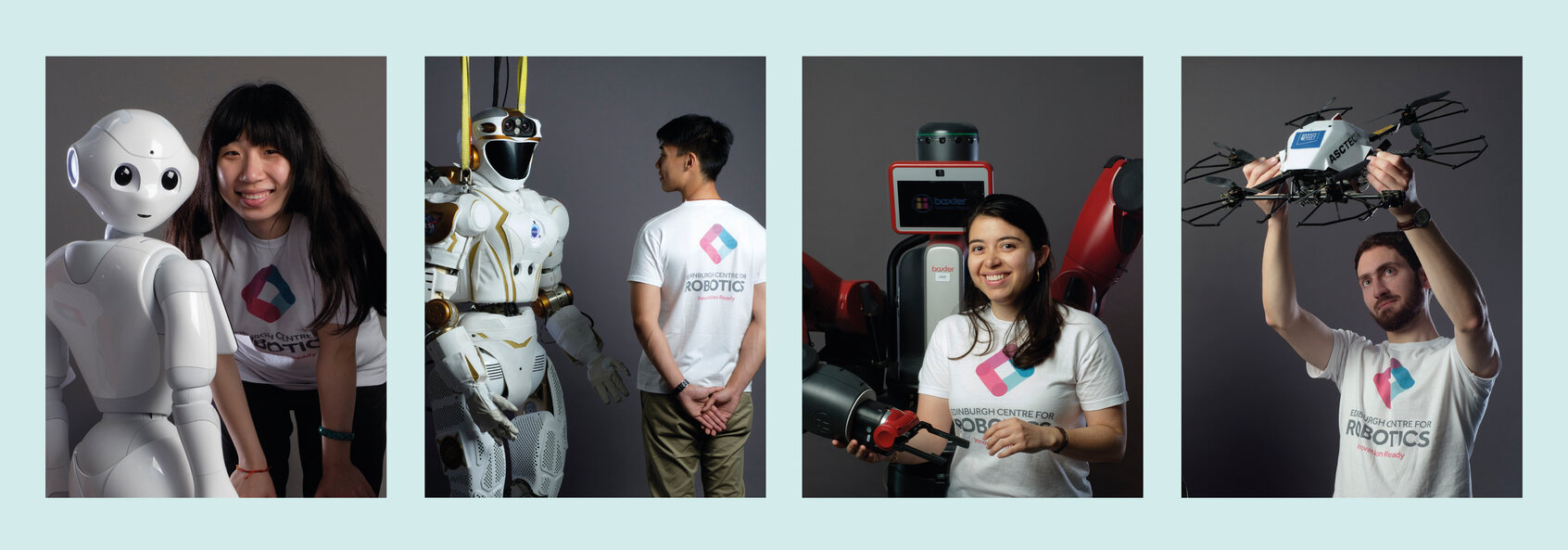Weronika Sieińska
Research project title:
Large Language Models for Automatic Verification of Public Health Claims
Principal goal for project:
To design and evaluate new techniques for automatic claim verification and the generation of justifications with the use of large language models in the public health domain
Research project:
I design and evaluate new techniques for automatic claim verification and the generation of justifications with the use of large language models in the public health domain.
About me:
Before my PhD (and a bit during), I worked as a Research Assistant at Heriot-Watt University on the EU H2020-ICT SPRING project. Formerly, I was an Assistant Engineer at Samsung R&D Institute Poland, where I worked on Samsung's voice assistant Bixby. I hold MSc and BEng degrees in Computer Science from Adam Mickiewicz University. I also studied for a year as an Erasmus+ exchange student at the University of Southern Denmark.
Research interests:
- Factuality, fact-checking, claim verification
- Misinformation mitigation
- Large language models, retrieval-augmented generation
- Infodemiology, public health domain
Selected publications:
Research portals:
Google Scholar, Scopus, Research Gate, Semantic Scholar, ORCID, DBLP

Email:
Student type:
Current student

